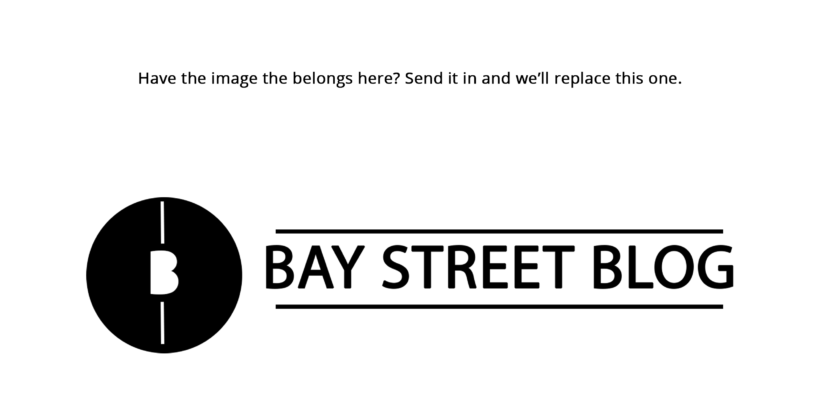How I Made over 300% on an Apple Option
Share

It wasn’t until I enrolled into a Derivatives course in university, where I gained a huge interest and understanding for options. Half way through this course, I opted for options trading within my TFSA account. Depending on your trading brokerage, you typically have to do an application in order to opt in for options trading. This application usually consists of questions relating to your income, assets, and liabilities.
Options trading can be complicating, so I’ll try to explain it in the simplest terms in this article. The value of an option derives from the underlying stock. For example, an AAPL Option (NYSE: AAPL – Apple Inc.) would be based on the value of the AAPL stock itself.
Options are traded in contracts; each contract consists of 100 stocks. So for the case of the AAPL option, one contract would equal 100 shares, except you’re not exactly paying for the value of 100 shares. You would only pay for a fraction of this.
In order to make the concept of options trading easier to explain; I’ll use my AAPL Option as an example. On March 16th, 2016 – I purchased one contract of an AAPL Option for $795 USD (after commission, the final cost was $806.20 USD). On this date, the closing price of AAPL was $105.97 USD. If I were to purchase 100 shares, it would cost $10,597 USD – however, the option was only approximately 7.5% of this value, since it is an AAPL options contract.
There are three main details I focus on for options trading; call or put option, strike price, and the expiry date. In the case of the AAPL option I purchased, it was a call option, with a strike price of $115, set to expire on June 16th, 2017. In other words, by (or before) June 16th, I have the right to purchase 100 Apple shares for $115 USD, regardless of the current price.
If it were a put option, it would be the opposite. For example, I could have bought an AAPL put option with a strike price of $150. This contract would provide me the right to sell 100 apple shares (per contract) by, or before the expiry date. Buying a put option is similar to shorting a stock.
Currently, the Apple stock is trading north of $140 USD/share. And technically, I can execute the option and purchase the Apple share for $115 USD. In other words, that’s basically at least $25 USD in profit per each share. Keep in mind – there are 100 shares in each contract. So this gives me a profit of approximately $2500 USD. Sounds like a great deal right? Keep in mind – options are extremely risky. If the Apple share was currently trading below $115 USD, the option would be almost worthless.
Currently, the AAPL option I purchased is trading at approximately $3164 USD per contract, which is a 302.87% Return on Investment (May 3rd, closing price). The value of this option is impacted by the underlying price (of the AAPL stock), strike price, time until expiration, expected volatility and interest rates. Investopedia has a useful post in regards to the impact of these factors on call and put options.
AAPL Call Option Example
At the time of purchasing the AAPL option, the Apple stock closing price was $105.97, a 1.3% increase from the previous closing price. It was relatively a weaker performing stock at that time – which is why I purchased the option. I took advantage of the blue chip stock at its low, considering the company has long term revenue growth and a strong customer loyalty.
Apple Inc. (NASDAQ: AAPL)
As seen in the chart above, I purchased the AAPL option in its dip – when 2016 was a weak year for Apple Inc., compared to its record performance during summer 2015 – where the stock peaked at $132. Due to its earnings missing the company’s expectations, the stock retreated and didn’t gain momentum until around May 2016.
Bottom Line
Picking an option is essentially the same process as if you were to buy a stock. This includes fundamental and technical analysis. Fundamental analysis is essentially having an overview of the company’s financials, news trends, and the future growth potential. Technical analysis is looking into the pattern of the stock. This can be analyzed through various methods such as Exponential Moving Averages (EMA) and Volume vs. Price.
A golden opportunity to buy an option is during the trough of a stock, when options are relatively cheaper. With Apple, I bought the stock when the shares were trading at $105.97. With fundamental and technical analysis, I knew the stock had a good growth potential.
The basic investing principle of diversifying your asset still applies to options trading. Never put all of your eggs in one basket. This can be easy to forget sometimes, especially if you over leverage into that one option (or stock) that continues to outperform the market.
In my next post about options trading, I will write more about the components you should look for in an option, and how to choose the best one.
You May Also Be Interested In: Stock Selection: To Buy or Not to Buy
Writer: Jelani Smith
Disclaimer: All investing can potentially be risky. Investing or borrowing can lead into financial losses. All content on Bay Street Blog are solely for educational purposes. All other information are obtained from credible and authoritative references. Bay Street Blog is not responsible for any financial losses from the information provided. When investing or borrowing, always consult with an industry professional.







Bay Street Blog Newsletter
Click here to subscribe for a financial savvy experience.
Please check your email to confirm subscription!